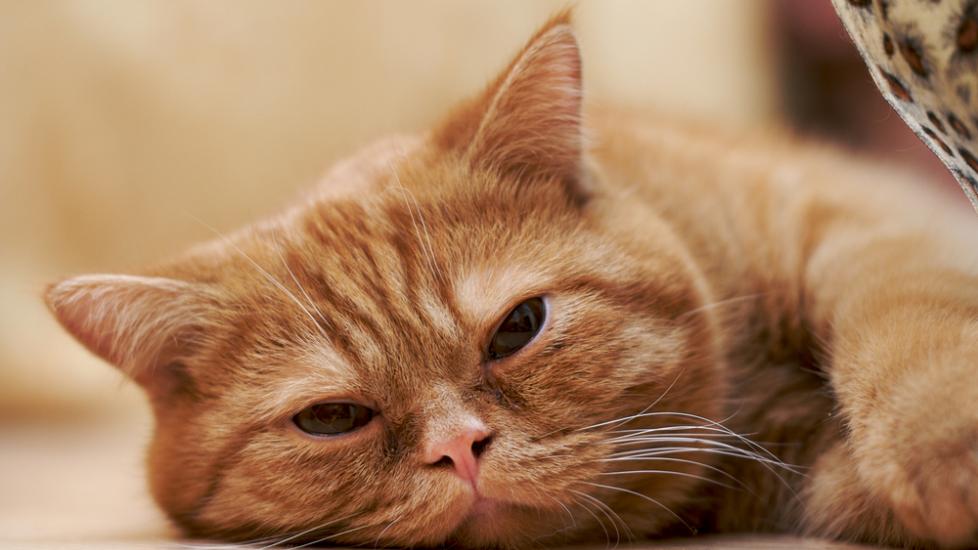Fungal Infection (Aspergillosis) in Cats
Aspergillosis in Cats
Aspergillosis is an opportunistic fungal infection caused by the Aspergillus, a species of common mold found throughout the environment, including dust, straw, grass clippings, and hay. An opportunistic infection occurs when an organism which does not generally cause disease becomes an infectious agent once it has entered into an animals body. In the case of Aspergillosis, it becomes an infectious agent when the body's immune system is weakened from some other disease or illness.
There are two types of acquired Aspergillus infection: nasal and disseminated. Both types can affect cats, and while no particular breed is more prone than another, Persians show a slightly higher incidence.
Symptoms and Types
There are two types of Aspergillus infections. The first is the nasal form, where the infection is localized in the nasal passages and front sinuses. It is believed that this develops from direct nasal contact with the fungus. For example, if a cat is outside and around dust and grass clippings, the fungus may enter via the moist lining of the nose. The most commonly associated symptoms are nasal discharge and noisy breathing during inhaling.
The second type of Aspergillus infection is disseminated, meaning it is more widespread in the body, not only in the nasal area. It is not certain how this form enters the body. Disseminated aspergillosis is most commonly associated with nonspecific signs, such as lethargy, depression, vomiting, and diarrhea. Other symptoms may include protruding eyeballs.
Causes
The Aspergillus fungus is commonly found in the environment in substances such as dust, hay, and grass. As an opportunistic infection, it is only likely to infect cats with an immune system that is already in a weakened state. Cats exhibiting immunodeficiency -- an inability to produce a normal immune response -- are at higher risk, and cats with illnesses such as diabetes or feline leukemia virus (FeLV) may also be more susceptible to this infection.
Diagnosis
Diagnostic procedures vary depending on whether the infection is based in the nasal passages or is disseminated through the body. For suspected nasal aspergillosis, analysis of nasal swabs, fungal cultures of nasal discharge, and a rhinoscopy -- inserting a small fiber-optic scope into the nose in order to examine the inside of the nose and its mucus linings -- can be expected. The symptoms for disseminated aspergillosis are mostly nonspecific and therefore more difficult to diagnose. Tests may include a urine analysis and X-rays to examine the spine.
Treatment
There have been successful treatments through the administration of an antifungal drug directly into the nose or further in the nasal passage. If antifungal cat medication is prescribed, you will need to follow the full course of the medication s that symptoms do no recur.
Living and Management
Continued treatment depends on the type and severity of aspergillosis. Cats with the nasal version should be monitored for reduced nasal discharge, while those with disseminated disease need to be monitored with urine analysis and X-ray every one to two months. Your veterinarian will recommend a treatment plan to monitor your cat's progress.
Prevention
General good health will help to ensure a strong and healthy immune system so that this opportunistic disease is not a cause for concern. A balanced diet with opportunities for physical activity are essential components of a healthy lifestyle for your cat. Keeping your cat indoors may also be helpful, as it will limit access to grass clippings, hay, straw, and other substances where the Aspergillus fungus grows.
Image: Alexey Demidov via Shutterstock
Help us make PetMD better
Was this article helpful?
